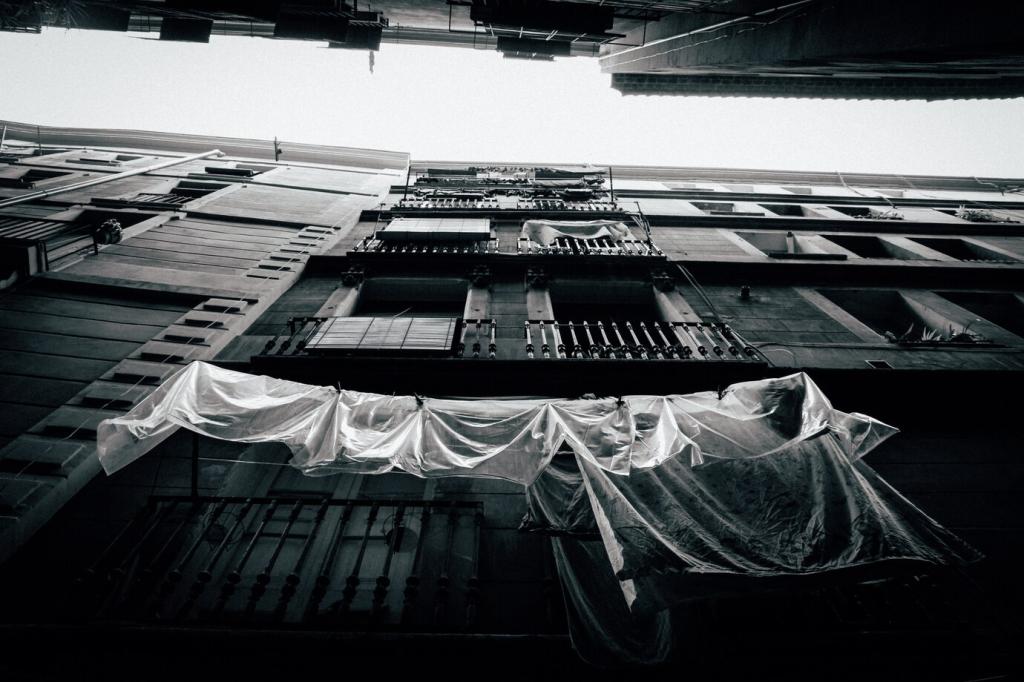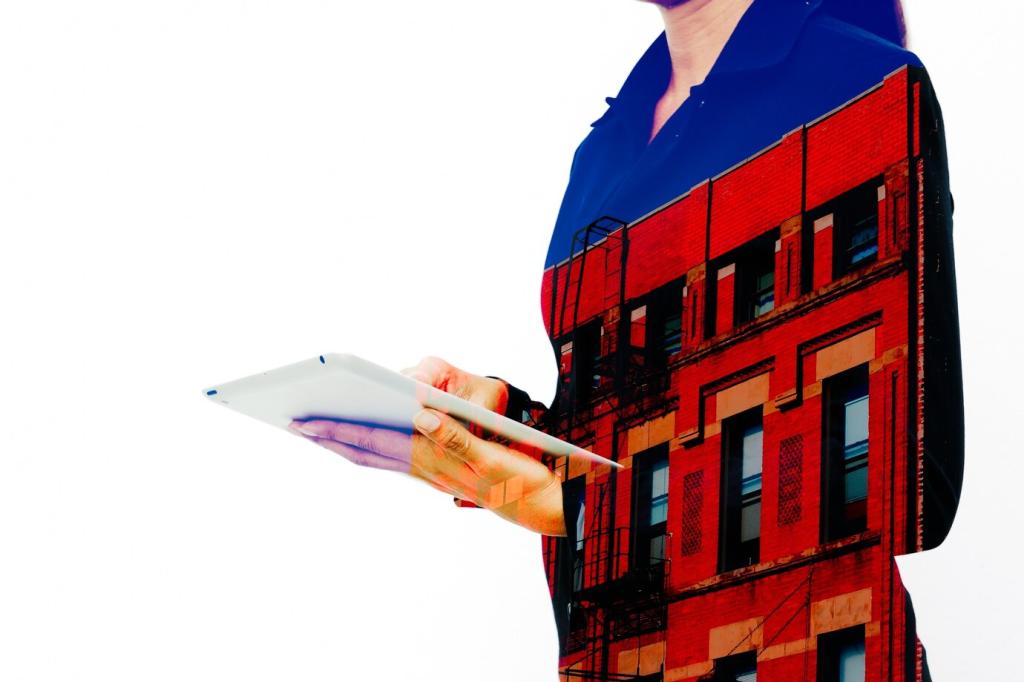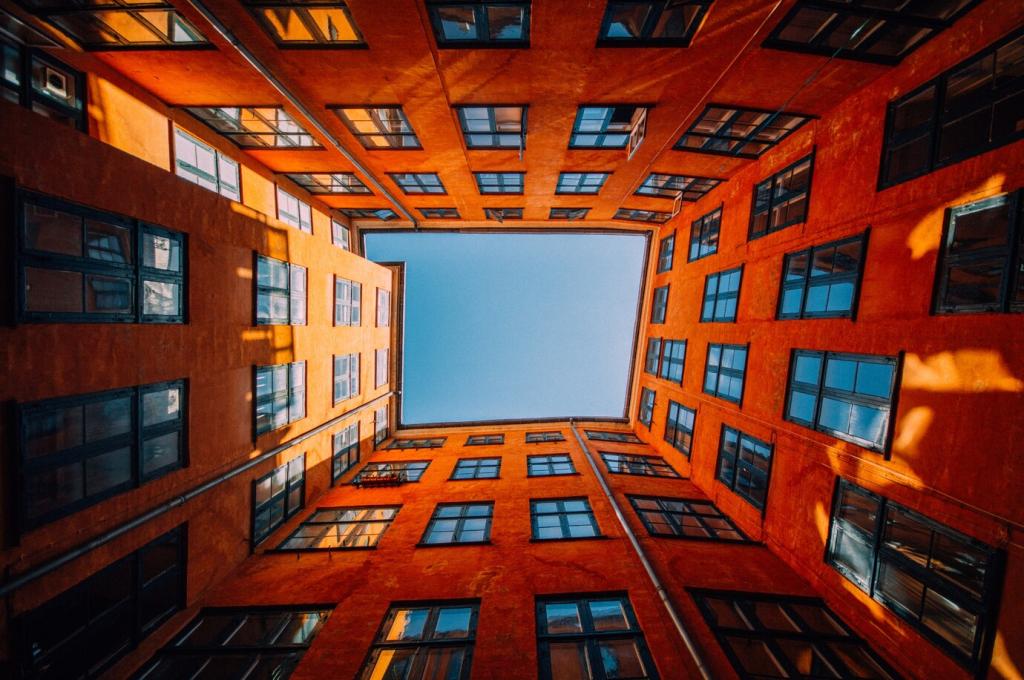Green Infrastructure Techniques for Urban Areas
Public Parks
Public parks are multifunctional assets that offer recreational opportunities, environmental education, and vital ecosystem services. In urban settings, parks help cool local temperatures, improving overall microclimate through shade provision and evapotranspiration. Their green surfaces absorb rainwater, reducing stormwater runoff and lowering the risk of urban flooding. Parks act as communal gathering places, encouraging social interactions and fostering a sense of belonging within neighborhoods. By connecting isolated green areas, urban parks can also support wildlife corridors, facilitating species movement across the city. Maintaining and expanding public park networks is essential for thriving, inclusive urban communities.
Community Gardens
Community gardens transform underused urban plots into productive, green oases where residents can grow food, flowers, and native plants. These gardens promote sustainable agriculture practices, reduce food miles, and raise awareness about healthy eating. They foster strong local communities as people of diverse backgrounds come together to share gardening knowledge and resources. In addition to their social and nutritional benefits, community gardens enhance soil quality, increase urban canopy cover, and provide pollinator habitats. Their presence in densely built neighborhoods brings nature closer to people’s everyday lives, supporting broader green infrastructure goals.

Rain Gardens
Rain gardens are shallow, vegetated basins strategically positioned to intercept and absorb stormwater runoff from roofs, roads, and parking lots. Planted with deep-rooted native vegetation, they filter pollutants and slow water flow, allowing infiltration into the ground. Rain gardens reduce the volume of runoff entering storm drains, decreasing the risk of urban flooding and sewer overflows. Aesthetically pleasing and adaptable to sites of various sizes, rain gardens also support pollinators and urban biodiversity. Their integration into public spaces, residential yards, and institutional grounds contributes to healthier, more resilient urban watersheds.

Bioswales
Bioswales are engineered landscape elements designed to channel and filter stormwater while enhancing urban green spaces. Essentially, they are gently sloped trenches lined with vegetation, compost, and permeable soils. As runoff flows through a bioswale, sediments and pollutants are captured and filtered by plants and soil microbes. This process improves water quality before it either infiltrates into the ground or drains to natural water bodies. Besides their stormwater management function, bioswales add aesthetic value and ecological benefits, supporting habitats for beneficial insects and birds in city environments.

Permeable Pavements
Permeable pavements are innovative surfaces that allow water to pass through layers of porous material, reducing runoff and promoting groundwater recharge. This technology replaces traditional impermeable materials like asphalt and concrete in walkways, parking lots, and low-traffic streets. By letting rainwater soak into the ground, permeable pavements lower the likelihood of flash flooding and decrease strain on urban sewer systems. They also help filter pollutants from water, improving overall urban water quality. Integrated thoughtfully, permeable surfaces blend functionality and urban design, supporting both infrastructure efficiency and sustainability.

Native plant landscaping incorporates region-specific flora into urban gardens, parks, and streetscapes, supporting local ecosystems and reducing maintenance demands. Native plants require less water, fertilizer, and pesticide than non-native species, as they are adapted to local climate conditions. Their flowers, seeds, and foliage provide essential resources for pollinators like bees and butterflies, as well as birds and small mammals. By forming the base of urban food webs, native plantings help sustain biodiversity and enhance ecosystem resilience. Landscaping with natives brings unique aesthetic value to cities while fostering a sense of place rooted in the local environment.

Urban forests consist of networks of trees and understory vegetation strategically integrated across cityscapes, including streets, parks, and private properties. These forests intercept air pollutants, provide shade, and regulate urban temperatures, acting as natural air conditioners during heatwaves. Trees support biodiversity by creating vertical habitats for nesting, feeding, and sheltering wildlife. Urban forests also offer social benefits, such as improving mental health, property values, and aesthetic appeal. Sustained investment in tree planting and maintenance is vital for the long-term health, function, and livability of urban environments.

Green roofs are structures with vegetation layers installed on building rooftops, transforming unused spaces into multifunctional green assets. They reduce building energy demands by providing insulation, lowering heat absorption, and mitigating the urban heat island effect. Green roofs absorb rainwater, delay runoff, and filter pollutants, supporting sustainable stormwater management. Moreover, they provide habitat for birds, insects, and pollinators, enhancing urban biodiversity. As visible symbols of ecological innovation, green roofs demonstrate the potential for integrating nature into even the most densely developed parts of the city.
